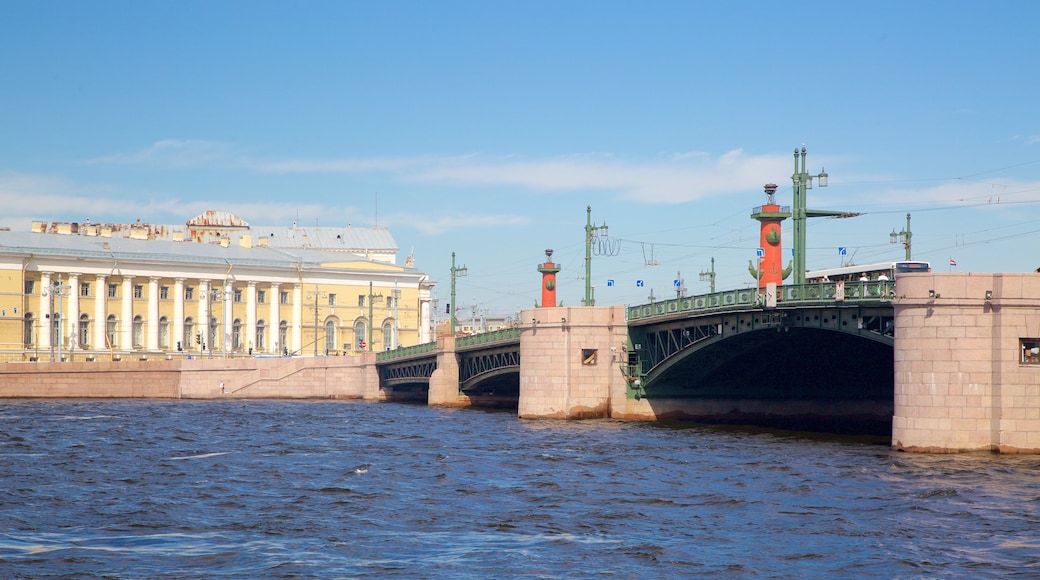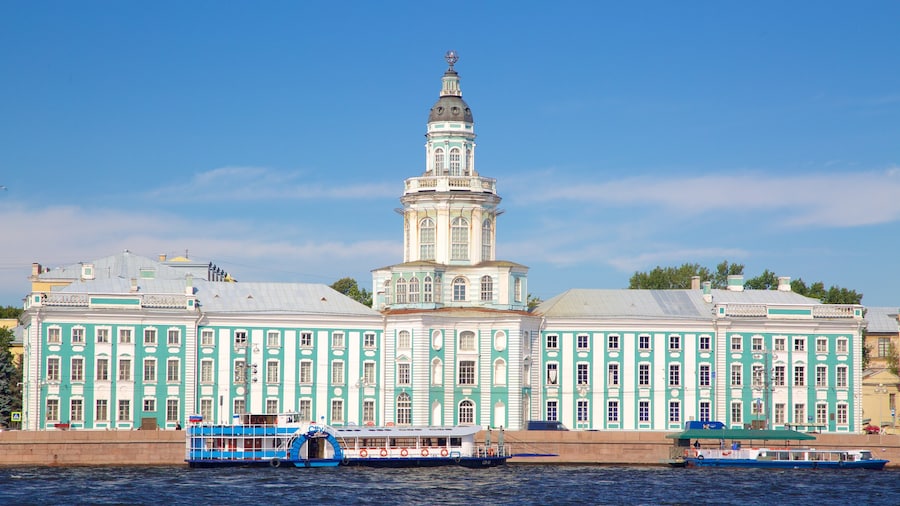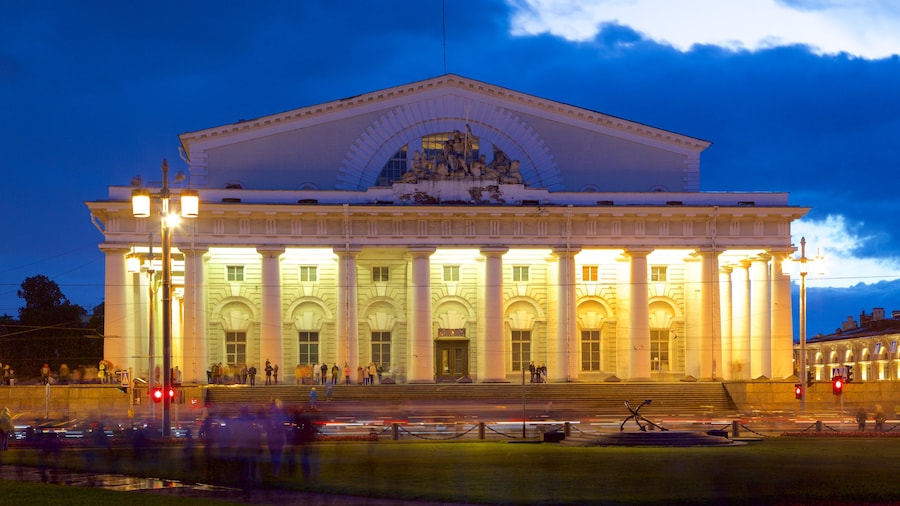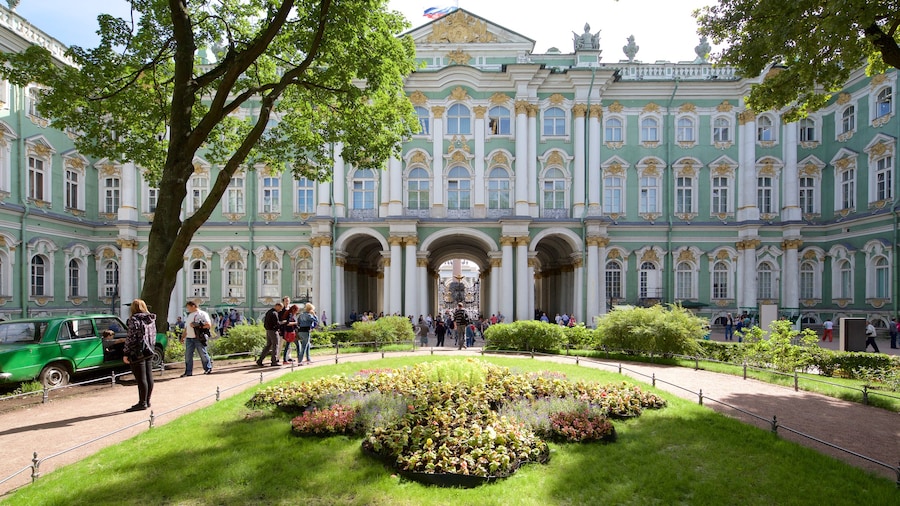Watch the raising of one of St. Petersburg’s most well-known bridges, an event that brings out the party spirit in locals and visitors alike.
A main thoroughfare in St. Petersburg, Palace Bridge is frequently used by tourists getting to the Hermitage Museum. However, it is an interesting location in itself. Relatively unassuming when compared with the city’s other more decorated bridges, the crossing was actually designed so it would not detract from the surrounding sights. Make your way there during the raising of the bridge though and you’ll see it remains a major attraction.
Although St. Petersburg sports some much older sights, the 20th-century Palace Bridge has firmly established itself as a favourite. It joins two central areas of St. Petersburg and was opened in 1916 after years of deliberation. In 1939, the bridge was given a few finishing flourishes. Try to spot the newer additions, which include lion statues and beautiful metalwork, including cast-iron streetlights.
Camp out on the riverbank with locals during St. Petersburg’s White Nights in June and July, so named due to the nights being light thanks to the city’s northern location. Raise a glass to the bridge with everyone else and watch the sides rising at 45 degree angles to let boats past. The whole process takes about 20 minutes, so there is plenty of time to while away watching boats cruise up and down the Neva River. If visiting in winter, look for ice bobbing underneath the bridge.
Enjoy the electric atmosphere as people and cars hurriedly try to cross the bridge before it closes, but don’t follow suit if you need to cross. Simply relax and enjoy witnessing an event that, for a moment at least, dictates the pace of life in St. Petersburg.
Stroll across the bridge for great views up and down the River Neva and easy access to the Hermitage Museum, which is home to a vast collection of art and historical artifacts. Walk back across to get to Vasilievsky Ostrov, the location of the noble Rostral Columns, another popular attraction
If you would like to see the Palace Bridge open, check online for exact times. The bridge is only a short walk from the Admiralteyskaya metro station.










